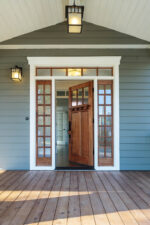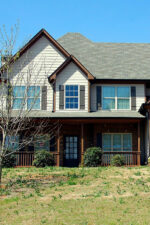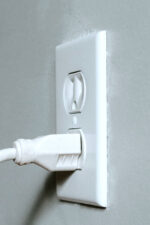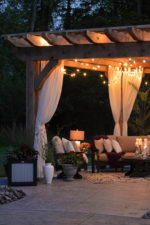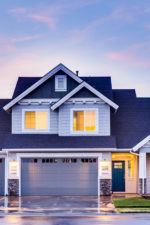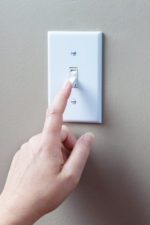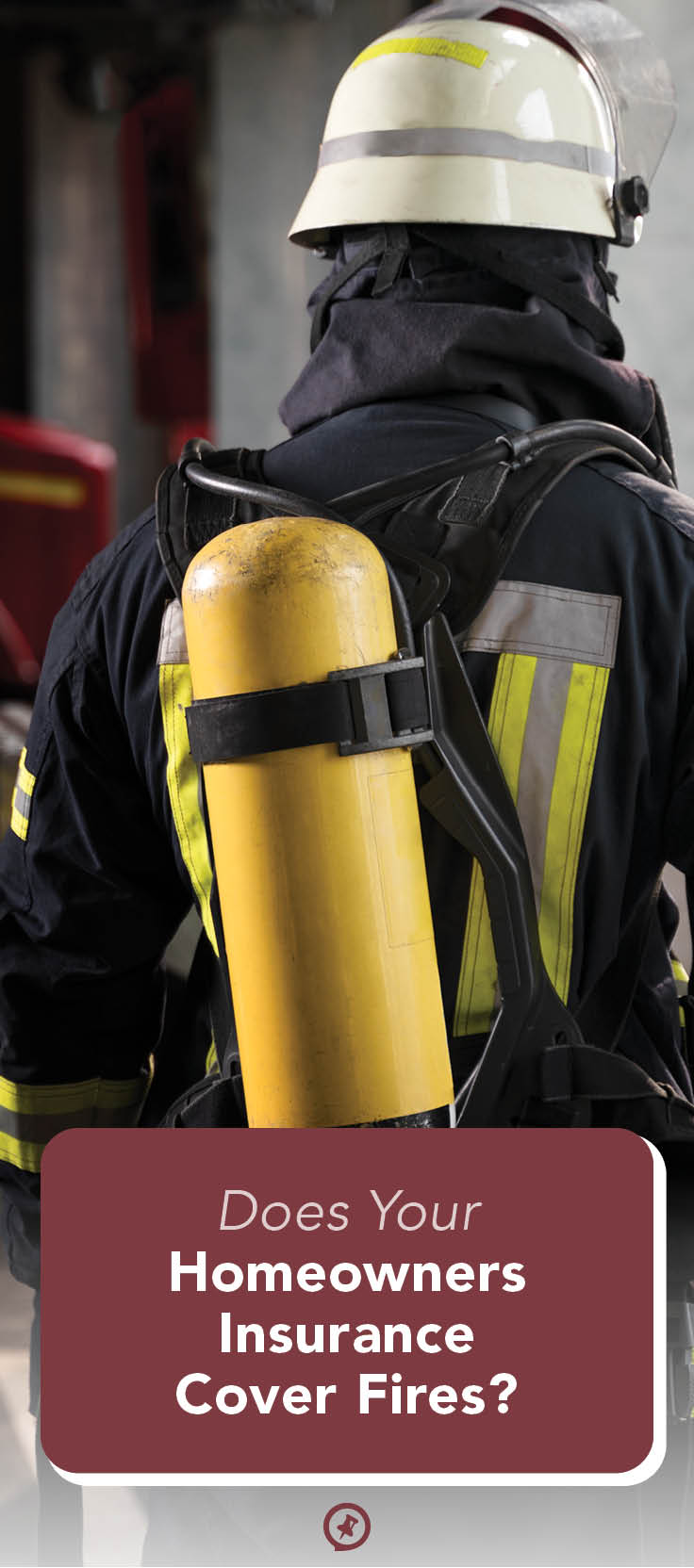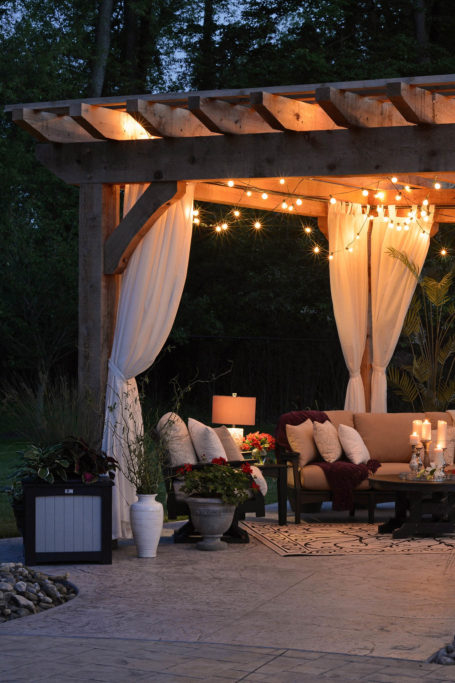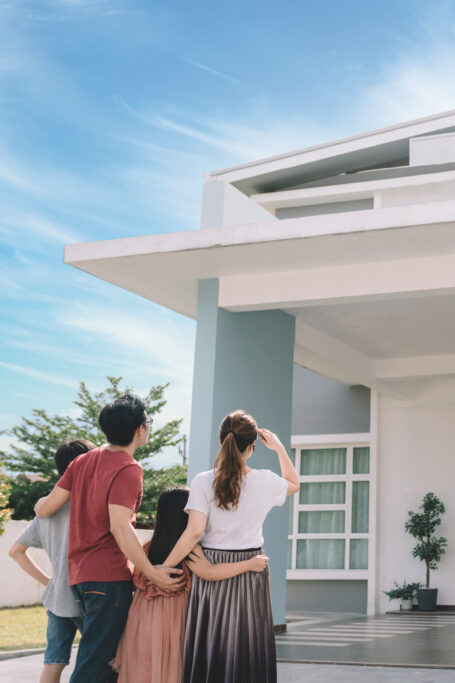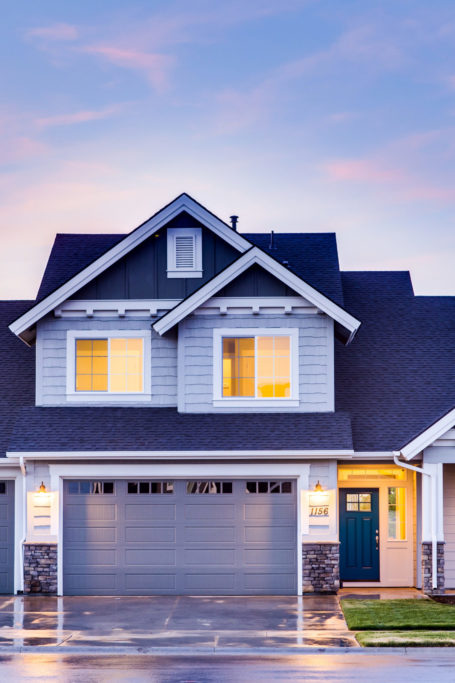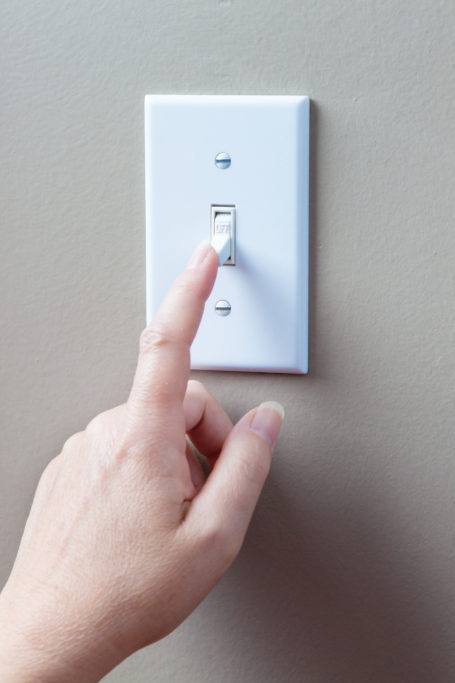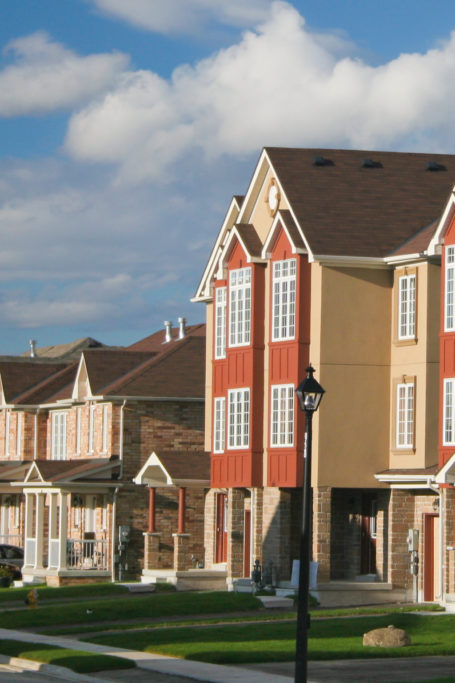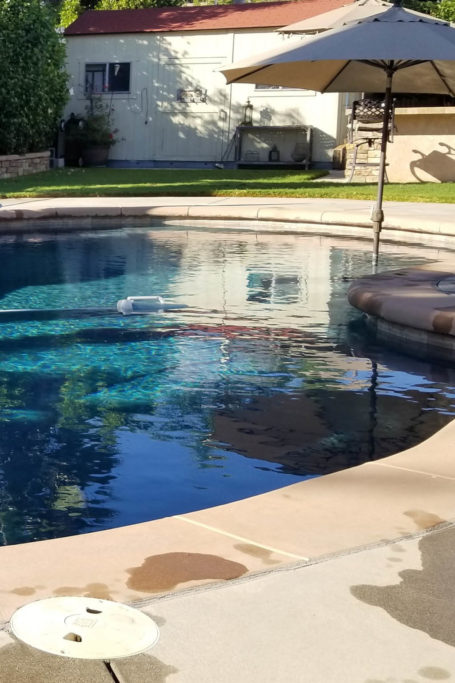Does Your Homeowners Insurance Cover Fires?
It’s one of the worst disasters imaginable, yet it’s shockingly common. According to the National Fire Protection Association, a home fire is reported every 93 seconds in the United States. Naturally, most homeowners know the basic fire safety tips: install smoke alarms, turn off appliances before you leave your home, and have an escape plan. But what about your finances? How can you possibly afford to rebuild after a devastating fire?
That’s where homeowners insurance comes in. This protection plan for what may be your largest and most treasured investment can cover a variety of unfortunate incidents on your property—also known as “perils.” Here is some information about coverage for fires and how to determine if you may receive full compensation for your home and belongings.

The basics of fire protection
Protection against particular perils like sewage backup doesn’t come with a standard homeowners insurance policy and must be purchased separately, but, thankfully, most policies do in fact cover fire damage (with only some exceptions). Fire coverage is even built into HO-1 policies, the most basic and affordable insurance option. This means your insurer will most likely pay out compensation to ensure you can repair your home, rebuild structures, and replace belongings after such a peril.
However, each insurance policy is different, so you’ll want to check what yours covers and what specific protection it provides. From there, you can decide if you’d like to increase your coverage limits, or how much the insurer will reimburse you for a claim. After all, there is no such thing as a one-size-fits-all insurance policy. Too little coverage for your property value, personal possessions, and perceived risk can force you to pay exorbitant out-of-pocket costs after a fire occurs. Conversely, depending on what level of premium you can afford, there may be such thing as too much coverage. Considering that higher coverage generally means higher premiums, you may end up paying more than necessary as a result.
Choosing your ideal policy
There are four essential segments of a homeowners insurance policy coverage: dwellings, other structures, personal possessions, and liability and medical payments. To understand how your insurer may compensate you after a fire, get to know what each of these segments includes.
Dwelling coverage
This includes damage to your house and any structures directly attached to it such as a garage, carport, or shed. When a fire damages your home—ranging in severity from a small area of damage to total loss of the structure—your insurer will typically pay for the repair or reconstruction costs. If you need a temporary place to live, they may even cover your housing and other related expenses. This is also called “loss of use” coverage.
Other structures coverage
The second aspect of homeowners insurance covers structures on your property that are not directly connected to your house, including a detached garage, cabana, or deck.
Personal possessions
This segment extends coverage to goods inside your home, including supplies, clothing, and luxury items like jewelry. There may be a cap for replacing certain luxury items, however, so if you own high-cost valuables like jewelry and artwork, you should speak to an insurance broker about obtaining extra coverage for the total value of these goods. That way, you aren’t undercompensated after filing a claim.
Liability and medical payments
These coverage areas protect you financially in the event that nonresidents are injured on your property. For example, if a maintenance worker in your home sustains burns due to a fire, “personal liability coverage” will protect you from a lawsuit, while “medical payments to others coverage” will fund their medical expenses.
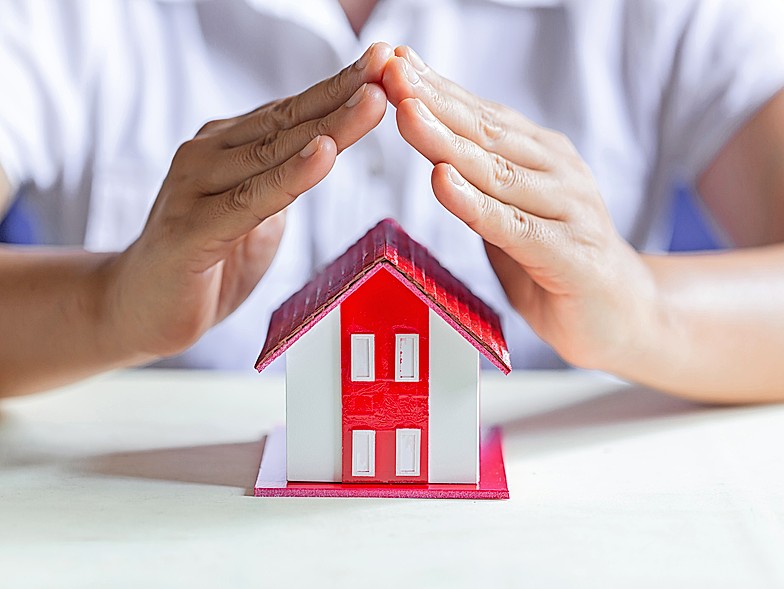
Customize your coverage
When you purchase homeowners insurance, you may be asked to select coverage at “replacement cost value” or “actual cash value.” The former provides reimbursement to repair your home and replace valuable possessions according to modern-day costs. “Replacement cost” coverage is more generous because it considers fluctuations in the costs of construction materials and goods over time. For example, if your hardwood flooring cost $1,000 to install ten years ago but market changes and inflation raise today’s cost to $1,200, your insurer will pay $1,200 to rebuild the floor.
Meanwhile, “actual cash value” pays out compensation based on the initial cost of your structures and goods minus depreciation. Say, for instance, that a fire destroys a laptop you purchased a few years ago for $1,000. You may only receive a portion of that amount in compensation due to the laptop’s age and the fact that it is used.
Who started the fire?
When you file a claim with your insurer after a fire, an adjuster will visit your property to review the damage, document your story of what happened, speak to witnesses, and interview emergency response crews. They will then use this information to estimate the claims payment amount. One of their key tasks will be determining the main cause of the fire. Unfortunately, you may not be compensated at all if they conclude that fire damage occurred due to one of the following:
- Arson
- Wildfires (depending on where you live)
- Failure to properly maintain appliances, chimneys, and other equipment
- An act of war
It may be worthwhile to upgrade your policy for more generous coverage in the event of a fire, including coverage for wildfires and arson by a nonresident. Remember that you can make up a portion of the premium cost hike with savings—install safety equipment like smoke and natural gas detectors and upgrade to modern appliances. A combination of proper coverage and sensible fire safety can offer you peace of mind that your property and loved ones will be firesafe.
To learn more about the appropriate homeowners insurance policy for your budget, property value, and fire risk, speak to a broker who can guide you in the right direction.

